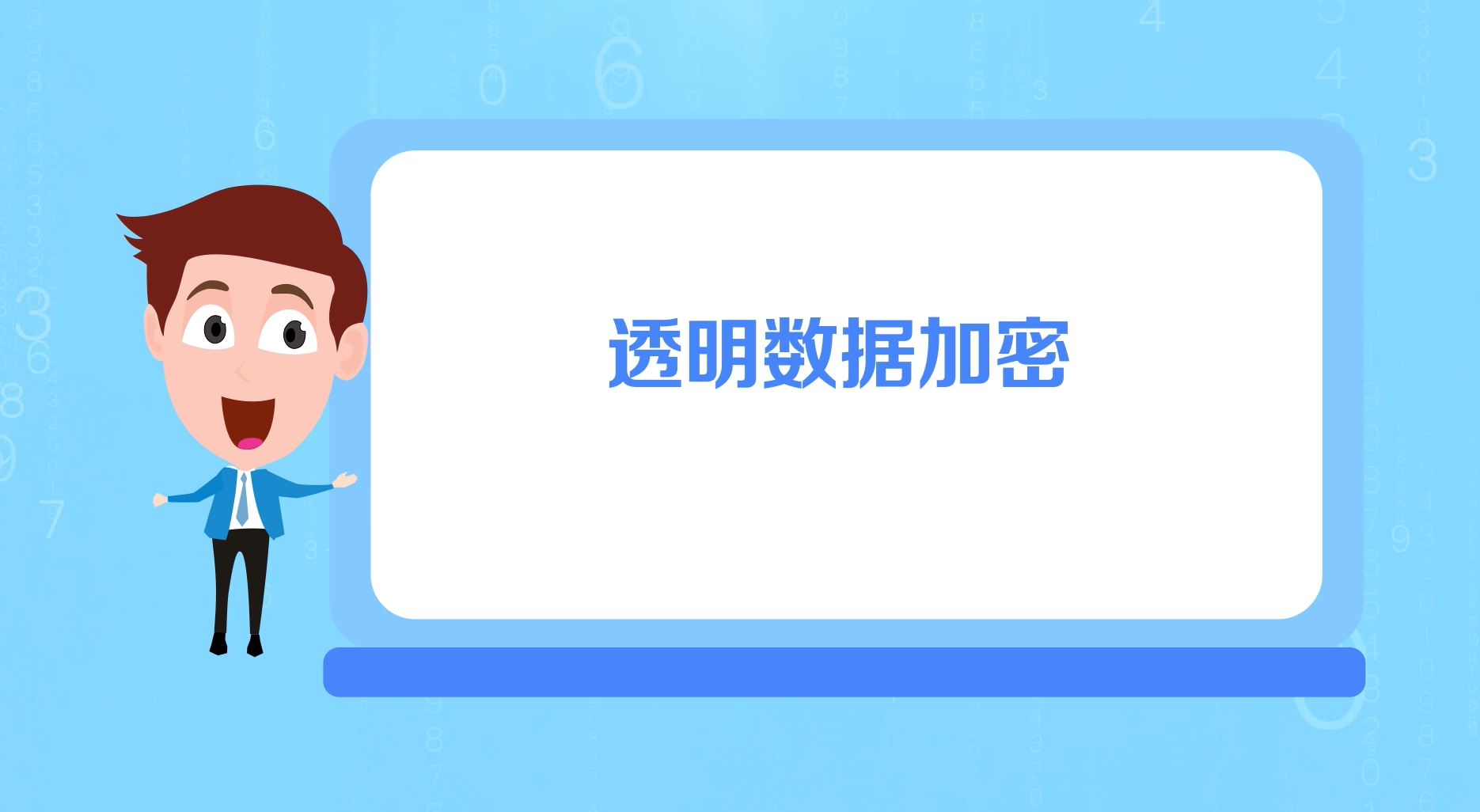axios(二)- axios的理解和使用
axios的文档说明:axios此处只记录部分,及对axios的封装目录:1、axios.create(config)2、请求拦截和响应拦截3、取消拦截4、请求拦截和响应拦截的实践axios.create(config)1、根据指定的配置创建一个新的axios;2、明明直接由axios()和axios.get()等方法,为什么还有设置create呢?比如有个需求,项目中有部分接口需要配置的与另外的
·
axios的文档说明:axios
此处只记录部分,及对axios的封装
目录:
1、axios.create(config)
2、请求拦截和响应拦截
3、取消拦截
4、请求拦截和响应拦截的实践
axios.create(config)
1、根据指定的配置创建一个新的axios;
2、明明直接由axios()和axios.get()等方法,为什么还有设置create呢?
比如有个需求,项目中有部分接口需要配置的与另外的不一样,比如一个前端应用可以向多个后端应用发送请求,baseUrl就可以根据create设置不同的。
const instance = axios.create({
baseUrl: 'http://location:3000'
})
// 请求
instance({
url: ‘/getUser/xxx'
})
请求拦截器和响应拦截器
请求拦截器传两个函数,成功函数需要返回config,失败函数返回Promise.reject(error)
响应拦截器传两个函数,成功函数需要返回response(结果),失败函数返回Promise.reject(error)
// 使用请求拦截器
axios.interceptors.request.use(config => {
return config // !!!返回config配置
}, error => {})
axios.interceptors.response.use(config => {
response => {
return response // !!返回数据
},
error => {
// 需要将请求错误继续向下传递
// throw error // 方法1
return Promise.reject(error) // 方法2
}
})
// 移除拦截器
const myInterceptor = axios.interceptors.request.use(function () {/*...*/});
axios.interceptors.request.eject(myInterceptor);
可以设置多个拦截器,如果按顺序设置
拦截器顺序request1, request2,response1, response2
执行顺序:request2 ,request1, response1, response2
请求拦截器后添加先执行,响应拦截器先添加先执行
(为什么?后面源码解析哦)
取消请求
配置流程
1、配置cancalToken对象
2、缓存用于取消请求的cancel函数
3、在后面特定实际调用cancel函数取消请求
4、在错误回调中判断如果error是cancel,做响应处理
let cancel
// 发送请求
function getList(){
axios({
url: 'http://localhost:9999',
cancelToken: new axios.CancelToken(c => {
cancel = c // c是函数,用于取消当前请求的函数
})
}).then(response => {
// 不管成功失败,都要将cancel置空,此时的取消请求已经无效了
cancel = null
consolg.log('请求1成功了', response.data)
}, error => {
cancel = null
console.log('error', error)
})
}
// 取消请求
function cancelReq () {
// if (Object.prototype.toString.call(cancel) === "[object Function]")
if(typeof cancel === 'function') {
cancel() // 执行取消请求的函数
} else {
console.log('没有可取消的请求')
}
}
发送请求,将前面未完成的请求取消
思路:去判断cancel是否为函数,是,则取消请求,继续发送请求2!!!无论请求成功失败,都要将cancel置空
function getList(){
if (typeof cancel === ‘function') {
Cancel(‘取消前面的请求')
}
axios({
url: 'http://localhost:9999',
cancelToken: new axios.CancelToken(c => {
cancel = c // c是函数,用于取消当前请求的函数
})
}).then(response => {
// 不管成功失败,都要将cancel置空,此时的取消请求已经无效了
cancel = null
consolg.log('请求1成功了', response.data)
}, error => {
cancel = null
console.log('error', error)
})
}
👆这个代码有个问题:点击多次,第一次的请求是被取消了,但是第二次的请求没有被取消,
原因:点击发送请求1,请求的时候立马发送1的请求,
点击发送请求2,发现cancel是个函数, 那把cancel取消掉,这个取消导致请求1的error函数异步执行,被放到回调队列里
然后发送请求2,如果此时1的error里cancel = null, 会导致2设置cancel又为空,所以再点击请求的时候就取消不了前面的请求了
解决:
function getList(){
axios({
url: 'http://localhost:9999',
cancelToken: new axios.CancelToken(c => {
cancel = c
})
}).then(response => {
cancel = null
consolg.log('请求1成功了', response.data)
}, error => {
//!! error有可能是cancel类型, 请求如果被取消,这里是返回取消的message
if(axios.isCancel(error)) {
console.log('取消请求失败', error.message)
} else {
cancel = null
console.log('请求失败', error.message)
}
})
}
取消请求就先到这啦
请求拦截和响应拦截的实践
如果用上面代码去发送请求,每次请求都要写类似于getList, 代码量大,–> 请求拦截和响应拦截用
let cancel
function getList1 () {
axios({
url: 'http://localhost:9999',
}).then(response => {
consolg.log('请求1成功了', response.data)
}, error => {
console.log('请求失败', error.message)
})
}
// 使用请求拦截器
axios.interceptors.request.use(config => {
if(typeof cancel === 'function') {
cancel() // 执行取消请求的函数
}
config.cancelToken = new axios.CancelToken(c => {
cancel = c // c是函数,用于取消当前请求的函数
})
return config
}, error => {})
axios.interceptors.response.use(config => {
response => {
cancel = null
return response
},
error => {
if(axios.isCancel(error)) { // 取消请求的错误
console.log('取消请求失败', error.message)
// 中断promise链
return new Promise(() => {})
} else {
cancel = null
console.log('请求失败', error.message)
// 需要将请求错误继续向下传递
// throw error // 方法1
return Promise.reject(error) // 方法2
}
}
})
function cancelReq () {
// if (Object.prototype.toString.call(cancel) === "[object Function]")
if(typeof cancel === 'function') {
cancel() // 执行取消请求的函数
} else {
console.log('没有可取消的请求')
}
}
更多推荐
 已为社区贡献4条内容
已为社区贡献4条内容









所有评论(0)